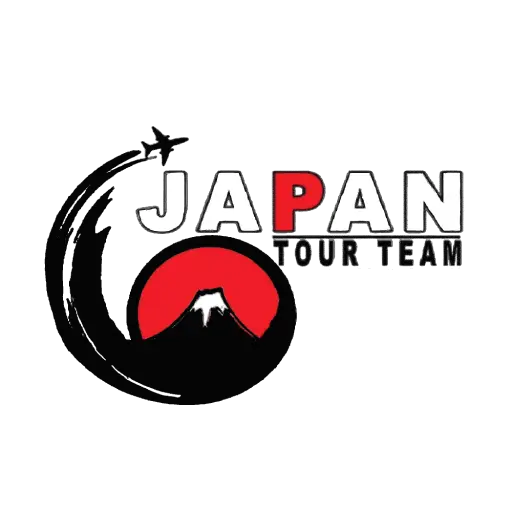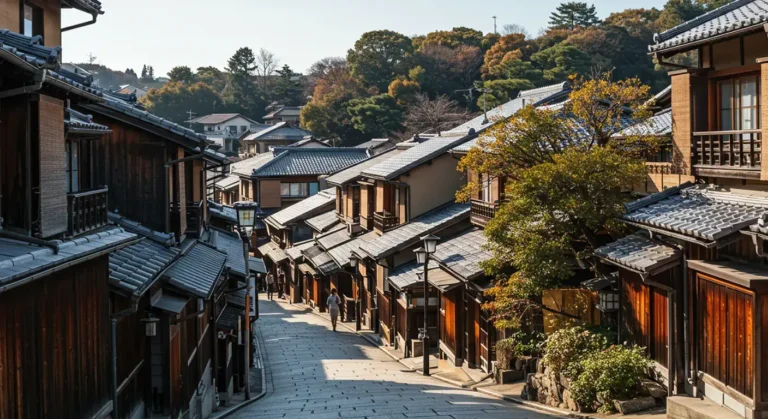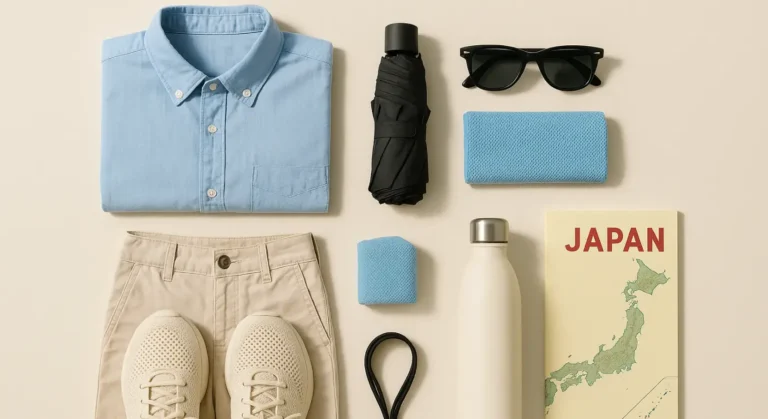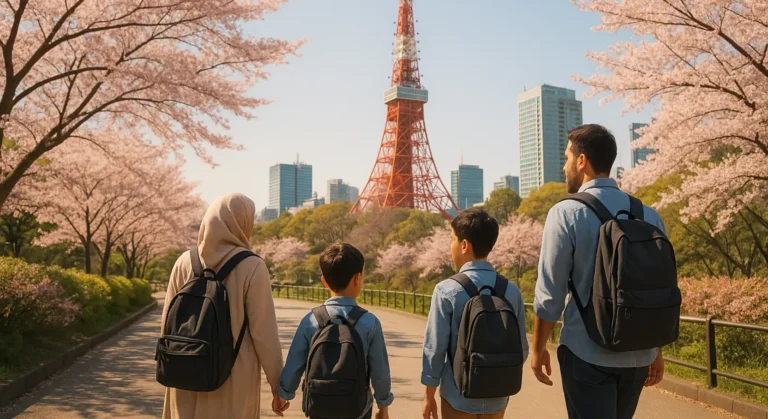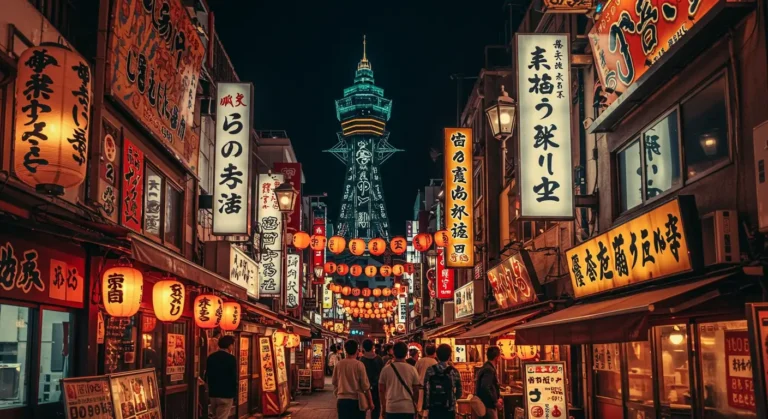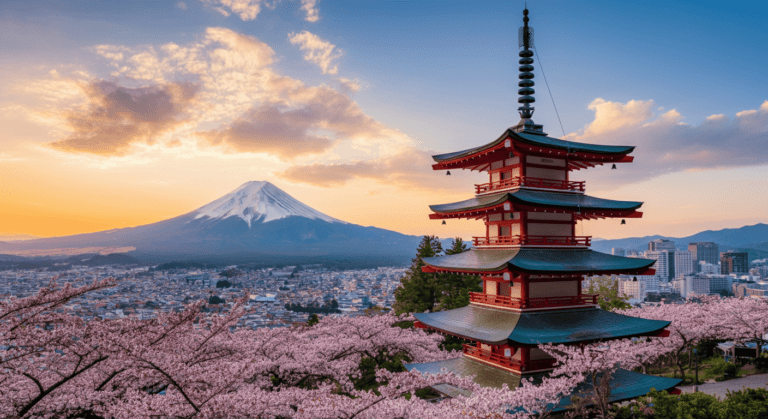Osaka Tour Package vs. DIY Travel: What’s Right for You?

Are you planning a trip to Osaka? You’ve probably wondered if you should travel with a tour package or book everything yourself. Both options have advantages and disadvantages. This post compares them so you can make a decision based on what fits your needs.
What You Get with an Osaka Tour Package
A typical Osaka tour package includes the essentials you’d normally have to book and manage yourself.
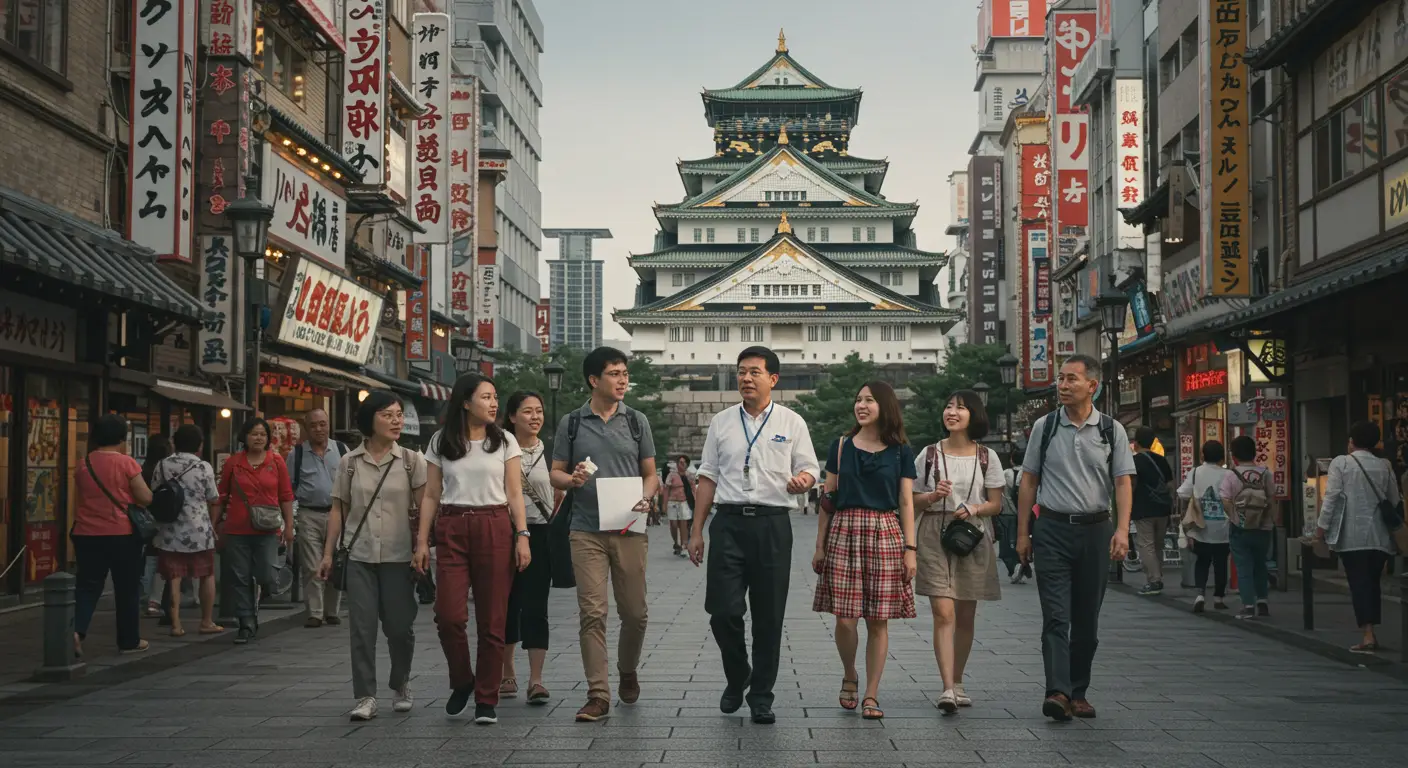
Here’s a list of items usually covered:
Optional extras may include:
A package gives you structure, local support, and fixed costs upfront. You don’t have to deal with translations, bookings, or missed train connections.
What You Handle with DIY Travel
If you prefer to DIY, you’ll need to organize everything on your own.
Here’s a list of items to take note:
DIY travel gives you full control, but that also means more moving parts and more things that can go wrong — especially if it’s your first time in Japan.
Cost Comparison: Package vs. DIY
Here’s a side-by-side cost estimate for a five-day Osaka trip for two adults, flying from Kuala Lumpur, Malaysia. Prices are in Malaysian Ringgit (RM) and based on current average rates.
|
Item |
Tour Package (per person) |
DIY (per person) |
|---|---|---|
|
Flights (return) |
Included |
RM 1,600 |
|
Hotel (2 – 4 star) |
Included |
RM 600 – RM 1,200 |
|
Transport (local) |
Included |
RM 250 |
|
Attraction tickets |
Included |
RM 400 |
|
Guide & support |
Included |
None |
|
Admin/booking fees |
Included |
RM 100 |
|
Total estimate |
RM 3,500 |
RM 2,950 – RM 3,550 |
What this means:
Here’s what DIY adds:
Extra costs:
Extra work:
What a package gives you:
So while DIY might look cheaper, it’s not always the better value — especially if your time and energy matter.
Time and Effort: What’s the Trade-Off?
Price isn’t the only factor. Planning a trip also takes time, and the effort involved isn’t equal between DIY and package travel.
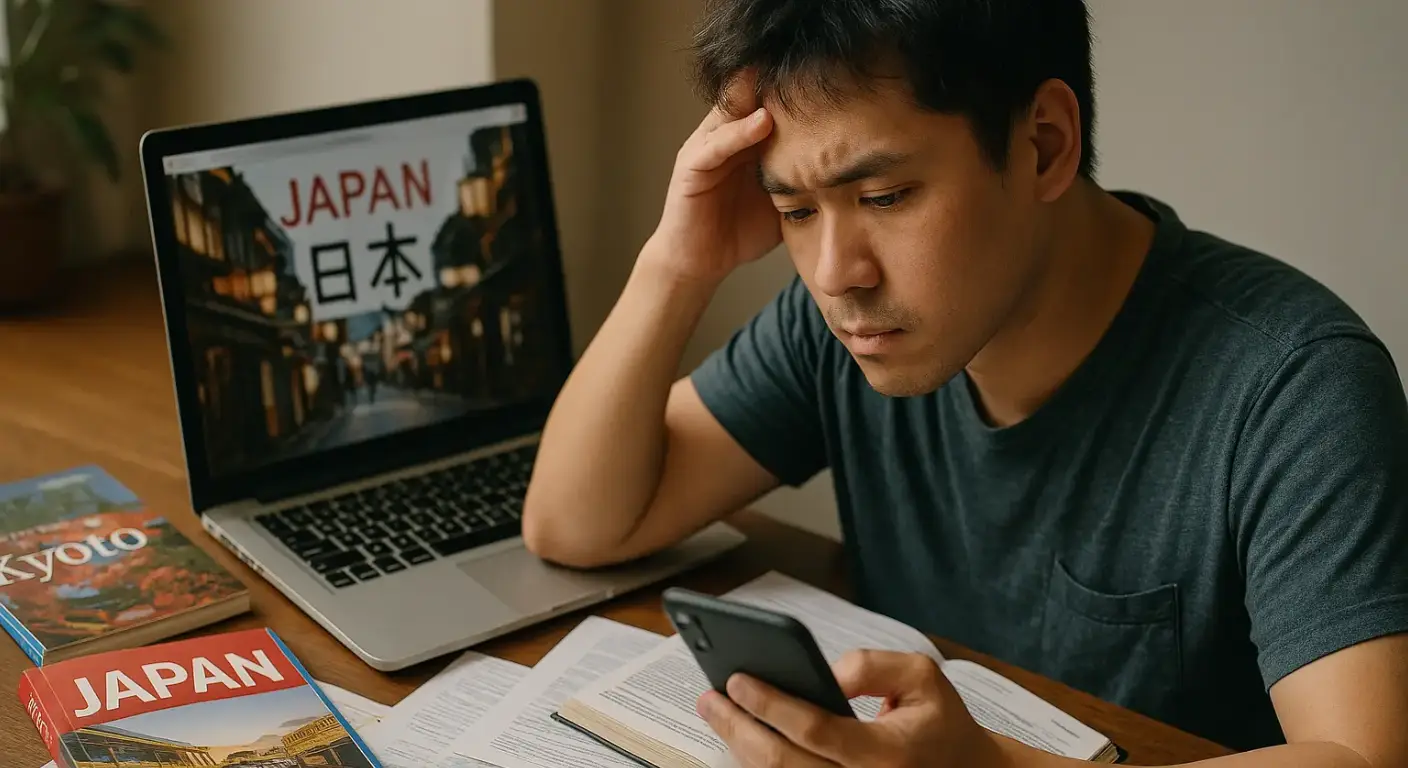
What DIY travel demands:
What a package covers for you:
Who feels the difference most:
If you enjoy planning and like control, DIY can be satisfying. But if you’d rather just show up and enjoy the trip, a tour package saves time and avoids friction.
Which Option Fits Which Type of Traveler?
Still unsure? Here’s a quick breakdown of which type of trip suits which type of traveler.
|
Traveler Type |
Tour Package |
DIY Travel |
|---|---|---|
|
First-time visitors |
Risk of confusion, more planning | |
|
Families with kids |
Harder to manage schedules and meals | |
|
Muslim travelers |
Need to research halal options | |
|
Honeymooners |
Risk of booking errors or delays | |
|
Solo travelers |
Can feel restricted | |
|
Budget-conscious |
Less control over spending | |
|
Frequent Japan visitors |
May feel repetitive |
📝 Note: Use this as a quick filter. If you tick two or more boxes on the left side, a tour package likely makes things easier. If you value freedom and already know the basics, DIY might be a better fit.
Is an Osaka Tour Package Worth It?
Choosing between a tour package and DIY travel isn’t about which one is better. It’s about which one makes more sense for how you travel.
Tour packages give you structure, support, and less to worry about. DIY gives you control, but you’ll spend more time managing the details. For first-timers, families, or anyone short on time, the convenience of a package often outweighs the savings of DIY.
If you’re leaning toward a guided trip, start with something simple — like our Osaka tour packages. You’ll get a full itinerary, local support, and halal-friendly recommendations — without needing to sort it out on your own. For a deeper breakdown, check out our First-Time Traveler’s Guide to Osaka Tour Packages.
